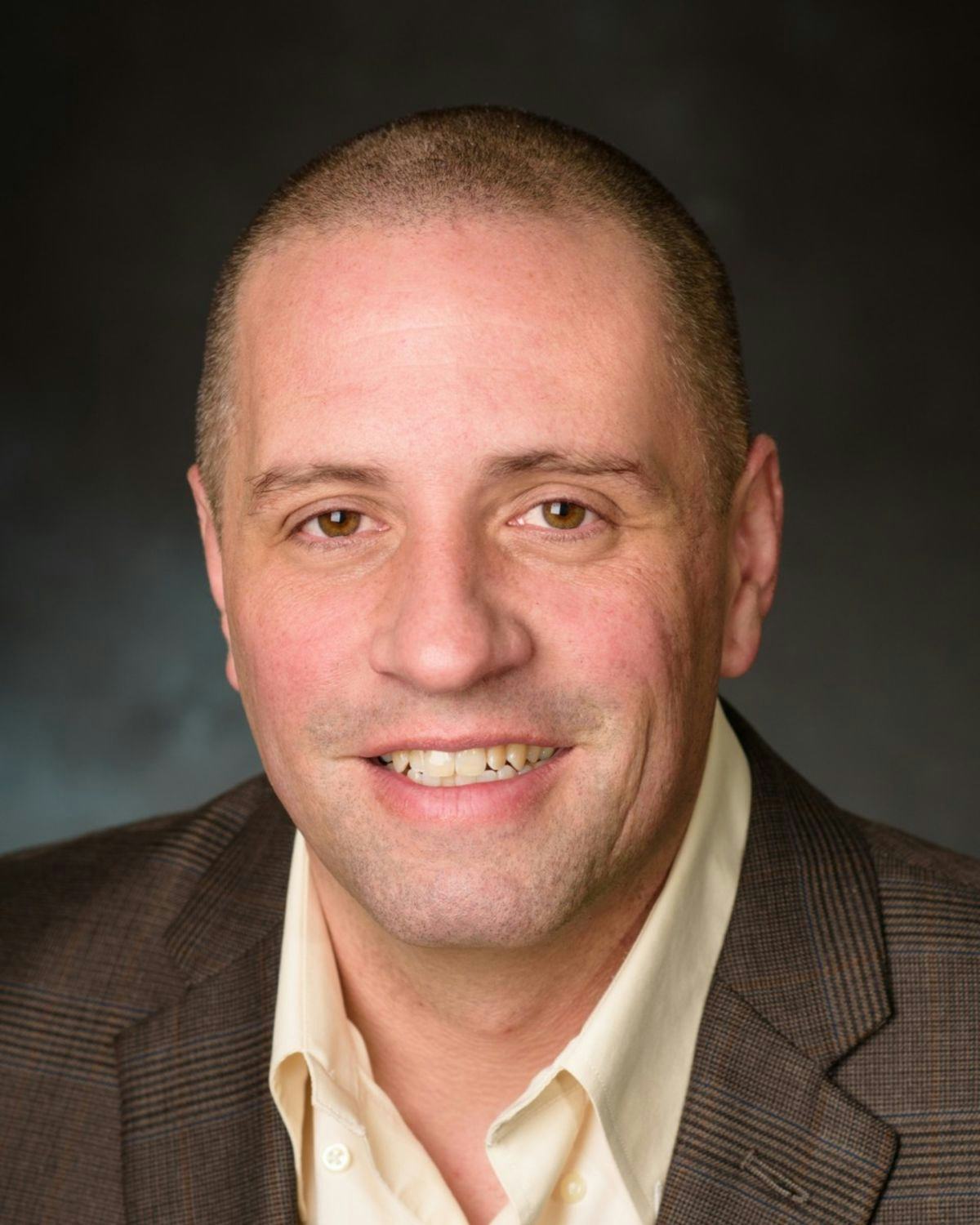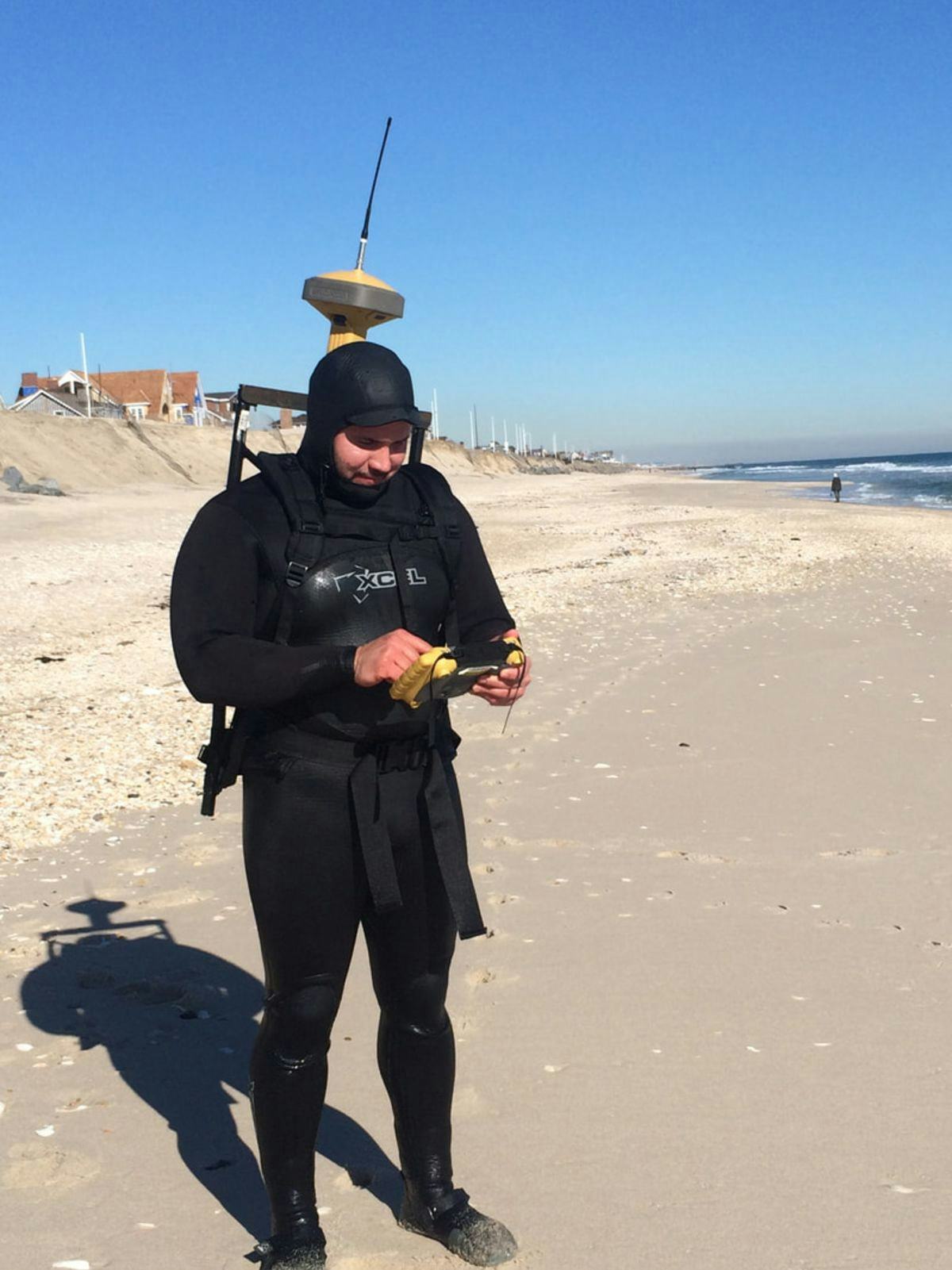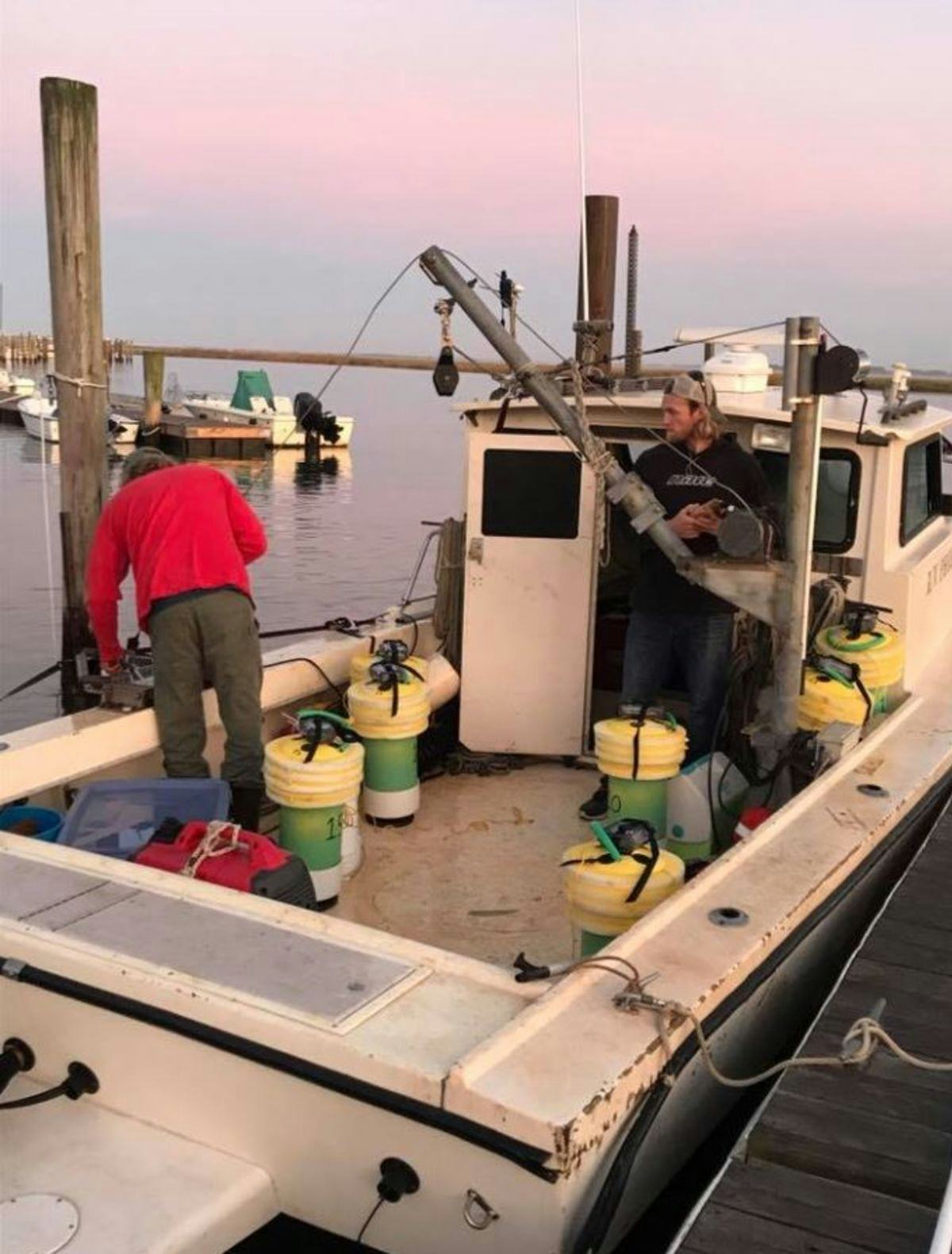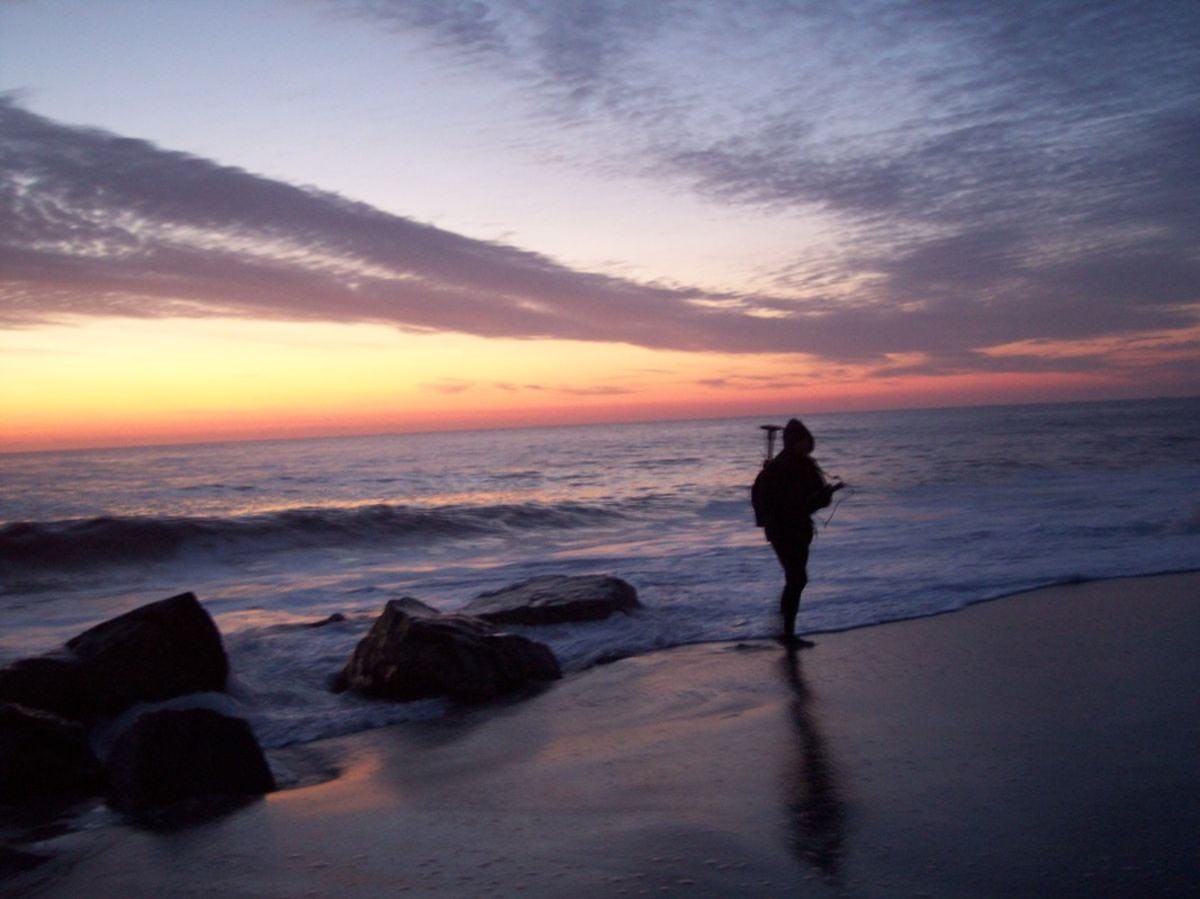Where the Water Meets the Land: A Stevens Professor’s Journey Comes Full Circle
Stevens’ coastal engineering program provides hands-on lab, field, and computer modeling experiences—all under one institutional roof—to arm students with essential skills for a competitive field.
When Hurricane Gloria pounded the northeastern United States in 1985, the football field across from Jon Miller’s childhood home in Rahway, NJ, filled up like a bowl with about eight feet of water. Disruptive natural events like these can spark a child’s curiosity, as it did for Miller at the time.
Six years later, another storm further deepened his intrigue with nature’s fury. Ocean waves crashing on the sea walls of Jersey Shore towns during the 1991 Halloween Storm, also known as the Perfect Storm, are still vivid in his memory. During the television news coverage of the storm, he watched an interview with a professor from Stevens Institute of Technology.
That professor was Michael Bruno, the director of the Davidson Laboratory at Stevens at the time.
Several years later, when Miller arrived at Stevens as a student, he got the chance to meet Bruno to learn more about the coastal engineering program.
Miller got hooked, but little did he know that his career would head to where the water meets the land, and that he would become a research associate professor in the Department of Civil, Environmental, and Ocean Engineering at Stevens.
“I took some classes and then fast forward, I find myself being interviewed on TV about storms,” he said. “I thought, ‘this was kind of interesting—here I am coming full circle.’”
A trifecta of hands-on experience: Lab, fieldwork, and computer modeling
Miller often is in the Davidson Laboratory’s tow tank with his coastal engineering students. Coastal engineering is a branch of ocean engineering. At the lab, they measure how waves can impact the shoreline and nearby structures. They also investigate the types of forces the structures experience, and then, figure out if they will fail.
The lab is one component of the trifecta of experiences students get from the coastal engineering program. Students also get the opportunity to go out into the field and learn about developing models and simulations.
“Having these hands-on experiences provides students with a better understanding of the subject matter and helps them become more well-rounded engineers,” said Laura Lemke, a current Ph.D. student. Lemke, who was named the valedictorian of Steven’s Class of 2014, learned about the graduate coastal engineering program as an undergraduate student. As an undergraduate student researcher, she worked at coastal survey sites, including Long Branch, NJ, and Monmouth Beach, NJ.
Though the coastal engineering offering is a graduate program at Stevens, Miller has helped to extend its reach to undergraduate students.
“I’ve always had the philosophy to get as many students involved as possible because we are sort of unique and specialized,” he said. He pointed out that many undergraduate students at Stevens have moved on to enroll in the coastal engineering graduate program, and subsequently, launched successful careers in the field.
Laura Lemke was one of those students.
“Undergraduate students interested in learning about coastal engineering can take graduate-level courses as their technical electives and may receive a minor,” she said. “Additionally, there are opportunities for undergrads to conduct research with faculty.”
She explained that Miller and the Coastal Engineering Research Group work closely with several undergraduate students as part of a summer research program each year.
“In many cases, this is a student’s first experience with coastal engineering and can be eye-opening,” she said. “In fact, when I was at Stevens as an undergrad, this was how I found out about coastal engineering.” In another example, former Pinnacle Scholars student, Christian LaPann-Johannessen, did not know much about coastal engineering as an undergrad. But, he got hooked on it somewhere along his journey, went on to get a bachelor’s degree in civil engineering, and then a master’s degree in ocean engineering from Stevens. Today, he works for a coastal engineering firm.
From the lab to the field to modeling solutions
Students in the coastal engineering program take their experiments and findings from the lab out into the field. Miller explained that studies in the lab help determine what can happen given a variety of scenarios, but on a small scale. In the field, they conduct experiments on a larger scale, using various types of equipment. This research includes the use of drones to look at patterns and see how coastal areas change over time.
While out in the field, students also investigate shoreline erosion, sand movements, and currents generated by the tide, including rip currents.
The other component of the program is computer modeling, which, according to Miller, ties it all together. “You have a model set up. Then you can experiment, test, and simulate what might happen under different types of hypothetical scenarios,” he said.
He explained that a numerical model can be developed based on the data from lab experiments and fieldwork to simulate scenarios such as sea-level rise. The model can provide insights on how shorelines might change and enable the design of structures that will limit the amount of change, or offer more controls to minimize the impacts.
Exposure to the three sides of coastal engineering facilitates understanding and interactions between those who work in the lab, field workers, and those behind computers developing models and simulations. Understanding all the different limitations and the various aspects of coastal engineering provides students with an appreciation of each of those disciplines.
For example, in the field, researchers may work in stressful environments, where the weather can drastically change. One moment it could be cold. The next moment, the setting is wet. Weather and water can also impact the performance of instruments.
“If you’re someone who has a career behind a computer, modeling or simulating scenarios, you may not appreciate the difficulties of collecting field data,” said Miller.
“Whether or not you decide to specialize in one of these areas—field, lab, or modeling—you will need to work with someone who does,” explained Lemke. “Having experience in each allows you to better communicate on what outputs you need, know what questions to ask, and understand any limitations.”
Sparking curiosity in the next generation of coastal engineers
Climate change and sea-level rise are among the top concerns for coastal engineers. For example, places like Miami Beach with persistent flooding problems offer an example of what coastal engineers are trying to address. Whether mitigating or reducing the impact of sea-level rise in a community, or helping communities become more resilient, coastal engineers are on the forefront coming up with innovative solutions. “The issue that we have with water is only going to get worse in time, due to climate change. How do we keep communities safe and protect our investments and our shorelines? Coastal engineers are trying to get into position to identify solutions,” said Miller.
As a child, Miller was exposed to nature’s fury, and learned later as a college student that he could help address those challenges as a coastal engineer. He shares his enthusiasm for coastal engineering whenever possible with students of all ages, including many events for K-12 students. Additionally, Miller serves on the advisory board for the Marine Academy of Science and Technology high school.
He explains to the students what he does for a living and the importance of coastal engineering research. In doing so, he hopes to inspire the next generation of problem-solvers working on behalf of the environment, and communities and wildlife living on the coasts.
Learn more about ocean engineering at Stevens:






